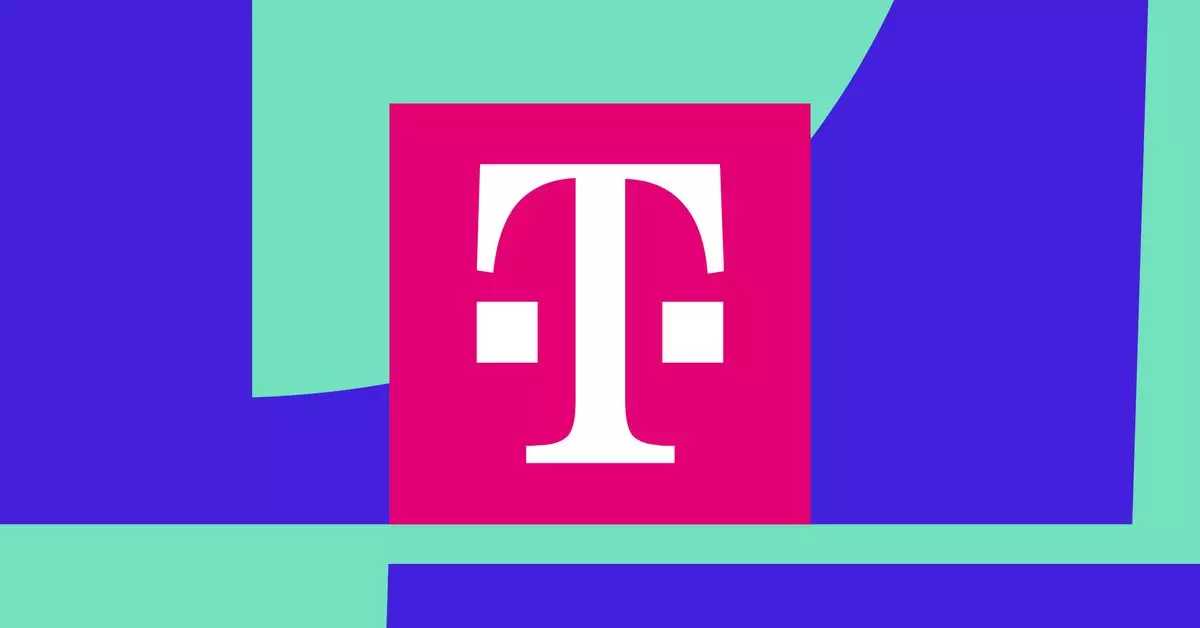In the face of natural disasters, communication remains a critical lifeline for affected individuals, especially during emergencies like hurricanes. Recent advancements in technology have paved the way for innovative solutions. A notable collaboration has emerged between T-Mobile and SpaceX, resulting in a groundbreaking service that enables SMS texting via Starlink satellites for T-Mobile customers in hurricane-stricken areas. This development is particularly relevant following the devastation of Hurricane Helene and Hurricane Milton.
Ensuring Connectivity When It Matters Most
As reported by SpaceX, the new initiative supports basic text messaging for T-Mobile users impacted by these disasters. This service allows individuals to stay connected with loved ones, reach emergency services, and receive critical alerts even when traditional cellular networks are down. Such functionality is invaluable during emergencies, where every moment can make a difference in rescue and recovery efforts. The company proudly states, “Text messages have already been sent and received,” highlighting the practical application of this revolutionary technology in real-world scenarios.
When a user’s T-Mobile phone connects to a Starlink satellite, the connection is apparent with a service indication of one to two bars, marked by the network name “T-Mobile SpaceX.” This innovation highlights the capability of satellite technology to provide essential services where traditional cell towers may fail. Furthermore, users are advised to keep retrying their messages if initial attempts falter, acknowledging the unpredictable nature of such technology in challenging environments. SpaceX’s guidance that the service performs “best outdoors” emphasizes the need for users to adapt their communication strategies in these urgent situations.
The Federal Communications Commission (FCC) has played a crucial role in enabling this project by granting temporary approval for direct-to-cell services in hurricane-affected locales. This regulatory support reflects an understanding of the necessity for adaptable and resilient communication infrastructure during crises. Such cooperation between private tech companies and governmental bodies illustrates a forward-thinking approach that prioritizes public safety and welfare. By leveraging satellite technology in tandem with existing telecommunications frameworks, there is potential for a paradigm shift in how we prepare for and respond to emergencies.
A Step Towards a More Resilient Future
The collaboration between T-Mobile and SpaceX in providing satellite-enabled texting during emergencies could serve as a model for future innovations aimed at disaster response. As natural disasters continue to grow in frequency and severity due to climate change, initiatives like this may become indispensable in ensuring that communication remains as resilient as possible. Observing the results from this trial run will be crucial, as the technology continues to be refined and expanded. The success or challenges of this venture could ultimately dictate how similar applications are developed in the years to come.


Leave a Reply